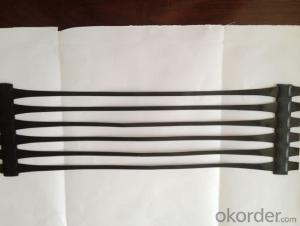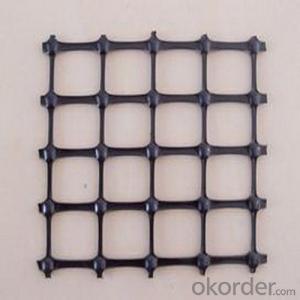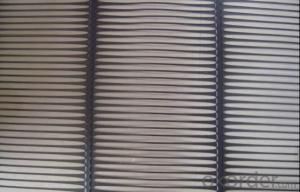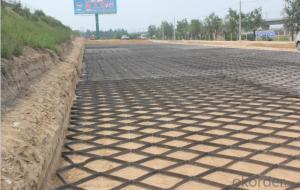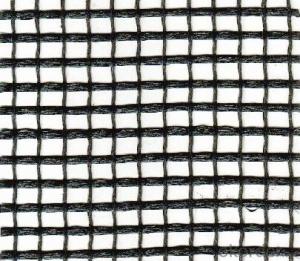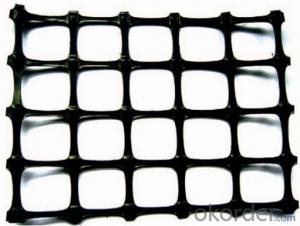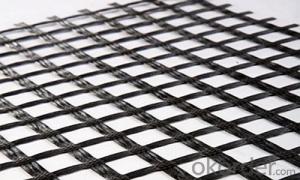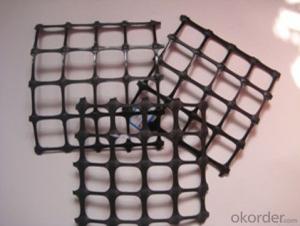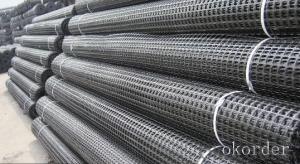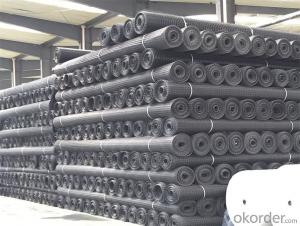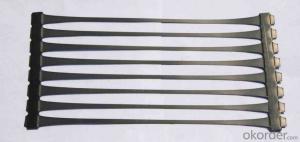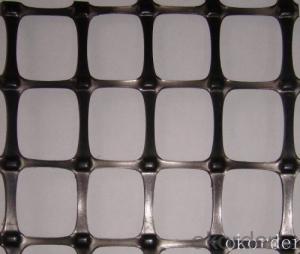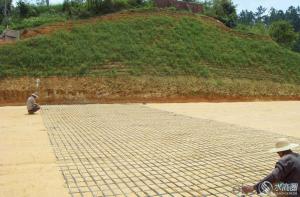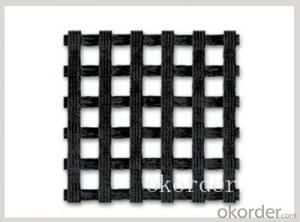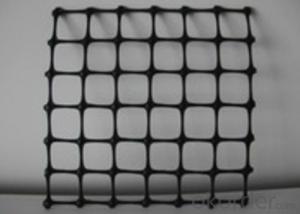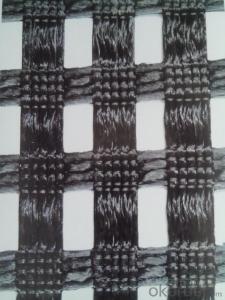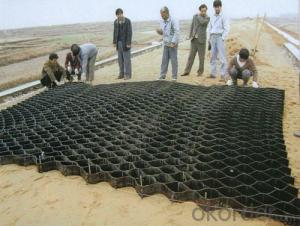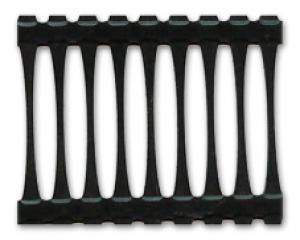Geogrid Driveway Installation
Geogrid Driveway Installation Related Searches
Geogrid Installation Geogrid Driveway Driveway Geogrid Geogrid For Driveway Geogrid For Driveways Geogrid Road Construction Geogrid Grass Driveway Geogrid Gravel Driveway Geogrid Driveway Cost Geogrid Construction Geogrid For Gravel Driveway Geogrid Fabric Driveway Geogrid Parking Tensar Geogrid Installation Geogrid Walkway Geogrid For Road Construction Geogrid Paving Geogrid Pavement Geogrid Wall Construction Geogrid Road Geogrid Placement Geogrid Road Base Laying Geogrid Geogrid Parking Lot Geogrid For Roads Asphalt Geogrid Geogrid For Road Stabilization Geogrid Asphalt Reinforcement Geogrid Pavement Reinforcement Geogrid For Gravel RoadsGeogrid Driveway Installation Supplier & Manufacturer from China
Geogrid Driveway Installation refers to the process of using geogrid materials to reinforce and stabilize driveways, providing a strong and durable surface. This method is particularly effective in areas with weak soil or where heavy loads are expected, as it helps to distribute the weight evenly and prevent subsidence.Geogrid Driveway Installation is widely used in various scenarios, including residential driveways, commercial parking lots, and even airport runways. The geogrid material, when installed correctly, can significantly enhance the load-bearing capacity of the ground, reducing the risk of damage and extending the lifespan of the driveway. This makes it an ideal solution for those looking to improve the stability and longevity of their driveways.
Okorder.com is a leading wholesale supplier of Geogrid Driveway Installation products, offering a vast inventory to cater to the needs of various projects. With a commitment to quality and customer satisfaction, Okorder.com ensures that the geogrid materials provided are of the highest standard, making them a reliable choice for those seeking to install a durable and long-lasting driveway.
Hot Products






